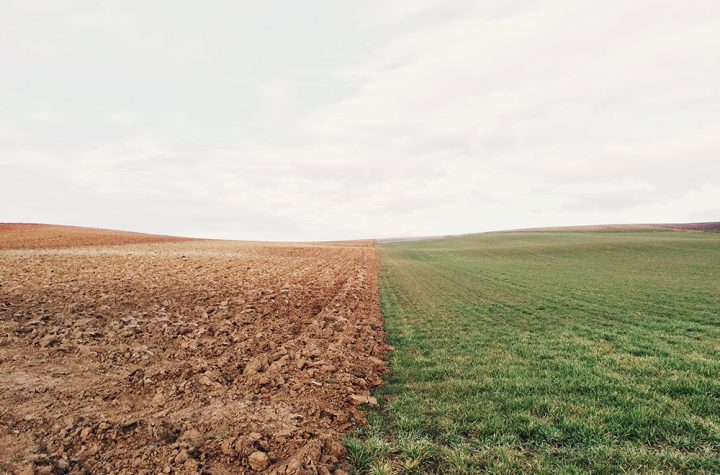
A slow moving hurricane inching its way towards the southern United States is so large it could deliver historic life threatening flooding, the countrys weather service has said. “It’s not going to be pretty,” said one forecaster.
Any hurricane is bad but authorities have grave concerns about Hurricane Sally due to its painfully slow progress, that could exacerbate its deadliness.
Sally is one of as many as five storms currently circulating in the northern Atlantic.
Late on Tuesday night US time (Wednesday afternoon in Australia) Hurricane Sally was sitting about 100 kilometres south of Mobile, Alabama, moving north through the Gulf of Mexico at a speed of just 4 kilometres an hour.
It is currently a category 1 storm but it is quickly worsening and could reach cat 3. There is the threat of tornadoes within the hurricane.
Winds of 150 km/h were recorded by an US air force reconnaissance aircraft, with gusts of 131 km/h at the eye wall as measured by a buoy in the Gulf reported the National Hurricane Centre (NHC). Already flooding is occurring in coastal areas.
It was only last month that Hurricane Laura struck Louisiana and Texas.
EXTRA DEADLY ASPECT TO SALLY
Sally is expected to make landfall east of Mobile, at 8am on Wednesday (11pm Sydney time). It could be the first hurricane to directly hit Alabama for 16 years.
However, some models have it smashing straight through the centre of Pensacola on the Florida Panhandle, a city of 500,000 people, just east of the Alabama border.
“Historic life-threatening flash flooding due to rainfall is likely along and just inland of the Florida Panhandle,” the NHC said in a warning.
“Life threatening storm surge is expected along the coastline from Alabama to the western Florida Panhandle, including Mobile Bay.”
The emergency services are particularly concerned because Sally’s slow passage could worsen two of the deadliest aspects of hurricanes: storm surges and flooding.
Huge gusts might be the hallmark of tropical storms, but 90 per cent of fatalities are due to the sheer amount of water.
Storm surges can see the sea level temporarily rise. In Sally’s case this could be by more than two metres on the coast around Florida, Louisiana, Mississippi and Alabama with New Orleans under risk from a surge of more than a metre.
The storm’s snail pace momentum could also see vast amounts of moisture fall on the areas it passes through, producing several months’ worth of rain in a single dumping.
By some estimates, Sally could dump three quarters of a metre of rain on parts of the Florida Panhandle as it ambles through, with up to half a metre falling over a wider area.
“You could get four to five months of rain in just a matter of two to three days,” CNN meteorologist Jennifer Gray said.
Heavy and persistent rain can fall far inland leading to flash flooding sweeping away vehicles and inundating homes.
Flood watches are now in place for a swath of land stretching almost 500 kilometres inland from the Gulf Coast encompassing all of Alabama and Georgia and as for north as Virginia.
“It’s going to be a huge rainmaker,” Phil Klotzbach, a meteorologist at Colorado State University told the Associated Press.
“It’s not going to be pretty.”
The NHC’s Stacy Stewart added: “There is going to be historic flooding along with the historic rainfall.
“If people live near rivers, small streams and creeks, they need to evacuate and go somewhere else.”
The governors of the states of Louisiana, Mississippi and Alabama have all declared states of emergency, and President Donald Trump has issued emergency declarations for parts of the states, Fox News reported.
“This is not worth risking your life,” Alabama Governor Kay Ivey said on Tuesday.
Mississippi State Governor Tate Reeves told CNN there was still uncertainly over the effects of Sally, but she shouldn’t be trifled with.
He urged residents living in Mississippi close to the border with Alabama to leave, adding: “the time to get out is now.”
“The good news with that is that it is during light. The not good news is that is near high tide and so as we have said the potential water event here is significant,” he said.
“We are prepared, we are going to continue to monitor this storm, and we are going to continue to prepare for the worst case scenario, pray for the best case scenario and expect somewhere in between,” Mr Reeves said.





More Stories
“Nobody is the reason for my death. My family is having to bear a lot of expenses because of me. I am a burden to them, my education is a burden to them….” A day after she wrote this note, Aishwarya Reddy, a student at Lady Shri Ram College for Women in Delhi…
Tom Brady’s arrival had the Buccaneers dreaming of an NFC South title, but the Saints showed the QB and his team they’re a far from being a contender.
Barnaby Joyce claims he told Malcolm Turnbull ‘others’ were having affairs